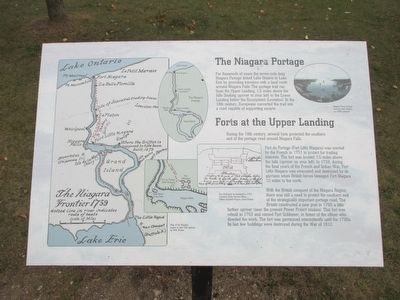Welcome to the Piedmont Charcoal Kiln, a fascinating relic of the industrial past nestled in the vast landscapes of Wyoming. Built in the 1860s, these kilns played a crucial role in the development of the Union Pacific Railroad by providing essential fuel for the operations of steam engines. The area around Piedmont was rich in timber, which was harvested to produce charcoal, a necessary resource for powering the locomotives pushing westward during the era of railroad expansion.
The kilns were constructed by Moses Byrne, an influential figure in the region’s early industrial history. Byrne, an Irish immigrant, saw the potential in transforming the abundant local timber into charcoal as the railroad expanded. He established a small community around the kilns, which became a bustling hub of activity. At its peak, the Piedmont Kiln area was a lively settlement, with workers and their families contributing to the growth of a vibrant, albeit temporary, community.
One of the most notable events linked to the Piedmont Charcoal Kiln was the disruption it caused to the Union Pacific Railroad in 1869. During a labor dispute, workers from the kiln staged a protest by blocking the railroad tracks with a trainload of charcoal, effectively halting the movement of trains. This incident highlighted the importance of the kilns and the power of the workers in the industrial supply chain.
As the railroad technology evolved and coal became the preferred fuel over charcoal, the demand for charcoal diminished, leading to the decline of the Piedmont kilns. By the early 20th century, the kilns were abandoned, leaving behind the striking beehive structures that you see today. These kilns stand as silent witnesses to a bygone era, offering a glimpse into the region’s industrial past.
Today, the Piedmont Charcoal Kiln is recognized for its historical significance, offering visitors a chance to reflect on the rapid changes brought about by the industrial age and the people who contributed to shaping the American West.


